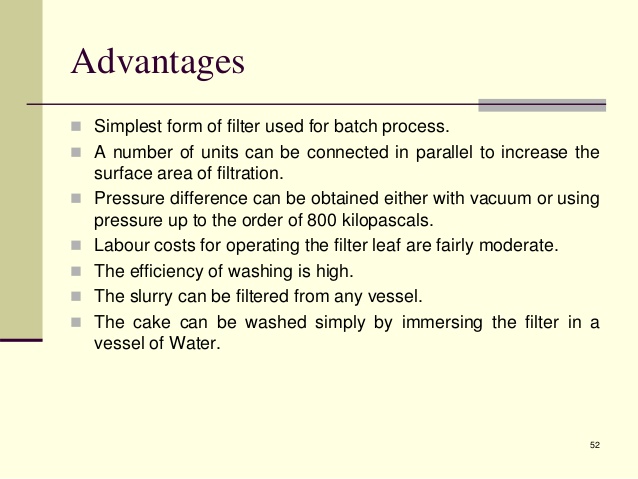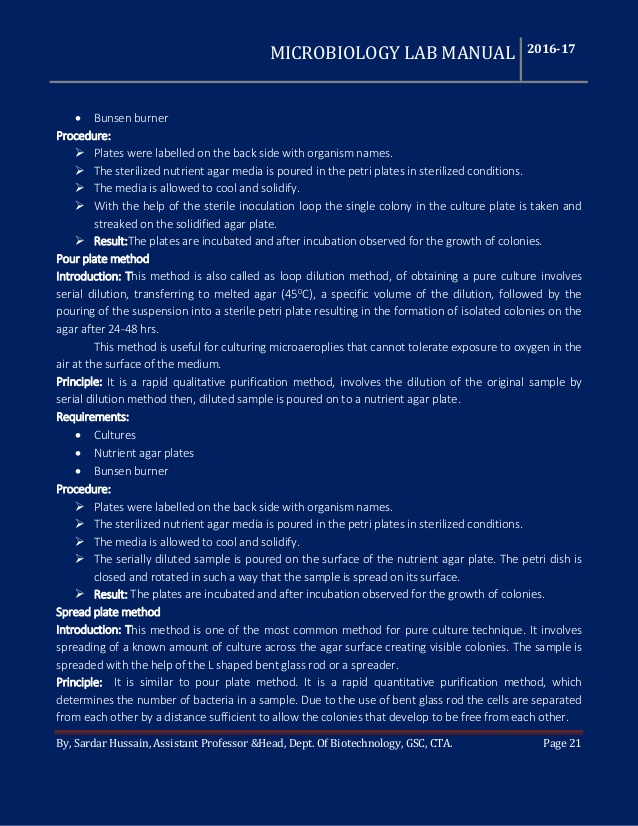


If too short an incubation time is used, some colonies may be missed. The rate at which bacteria give rise to an observable colony can also vary. Even one error in dilution can have large effects on the final numbers. Great care must also be taking during dilution and plating to avoid errors. It is a constant reminder that one colony does not equal one cell. This problem is why the term CFUs per ml is used instead ofâ bacteria per mlâ for the results of such an analysis. Each clump is therefore counted as one colony. One example of this are species of Staphylococcus, which is known to form clumps of microorganisms in solution. In species where cells grow together in clusters, a gross underestimation of the true population results. One major disadvantage of the viable plate count is the assumption that each colony arises from one cell. Note how the number of colony forming units decreases 10 fold between the plates. The 3 plates show a 10 -7, 10 -8, and 10 -9 dilution of a natural sample.
#Advantages and disadvantages of serial dilution method series
(B) A series of pour plates demonstrating the appearance of a viable plate count. This was continued to generate the dilution series. After mixing, 0.2 ml of the 10 -1 dilution was added to a second tube containing 1.8 ml to create the 10 -2 dilution. A 0.2 ml portion of this was added to 1.8 ml (1:9 ratio) of 0.85% saline to create the 1:10 dilution. The 10 0 sample is a concentrated solution of methylene blue. (A) A demonstration of a decimal series of dilutions. Dilution plating and viable plate counts. By multiplying this count by the total dilution of the solution, it is possible to find the total number of CFUs in the original sample.įigure 4.1. By counting each colony, the total number of colony forming units (CFUs) on the plate is determined. In either case, sample dilution is high enough that individual cells are deposited on the agar and these give rise to colonies. A second method for counting viable bacteria is the pour plate technique, which consists of mixing a portion of the dilution with molten agar and pouring the mixture into a petri plate.

This prevents left over liquid on the surface from causing colonies to run together and the need for dry plates restricts the volume to 0.1 ml or less. It is important that the liquid spread onto the plate soaks into the agar. In the spread-plate technique some of the highest dilutions (lowest bacterial density) are then taken and spread with a sterile glass rod onto a solid medium that will support the growth of the microbe. This process is repeated until a concentration that is estimated to be about 1000 cells per ml is reached. In most cases, a 0.1-1.0 ml portion of this first dilution is then diluted a further 10-fold, giving a total dilution of 100-fold. In most cases a volume of liquid (or a portion of solid)įrom the sample is first diluted 10-fold into buffer and mixed thoroughly. A sample to be counted is diluted in a solution that will not harm the microbe, yet does not support its growth (so they do not grow during the analysis). One of the most common methods of determining cell number is the viable plate count.


 0 kommentar(er)
0 kommentar(er)
